Question
In: Physics
1.) The speed of an electron is measured to within an uncertainty of 2.0x104 m/s. In...
1.) The speed of an electron is measured to within an uncertainty of 2.0x104 m/s. In how large a region of space is the electron likely to be found?
2.)The star nearest to Earth is Proxima Centauri, located at a distance of about 4.2 light years. (a) If one could travel there at 99% of the speed of light (0.99c), what would be the apparent distance to the star? (b) If you traveled to Proxmia Centauri at this high velocity, stayed there for 2 years, and then returned (also at 0.99c), how much time would have passed on Earth?
3.) (a) What is the wavelength of light for the least energetic photon emitted in the Balmer series of the hydrogen atom spectrum lines? (b) What is the wavelength of the series limit?
4.) How many electron states are there in the following shells: (a) n = 4, (b) n = 1, (c) n = 3, (d) n = 2?
5.) A sample of a certain metal has a volume of 4.0E-3 m3. The metal has a density of 9.0 g/cm3 and a molar mass of 60 g/mol. The atoms are bivalent. How many conduction electrons (or valance electrons) are in the sample?
Solutions
Related Solutions
The speed of an electron is measured to be between 4.3x10^6 m/s and 4.5x10^6 m/s. What...
Calculate the speed (in m/s) of an electron and a proton with a kinetic energy of...
The x coordinate of an electron is measured with an uncertainty of 0.200 mmmm . What...
Use the Heisenberg uncertainty principle to calculate Δx for an electron with Δv = 0.380 m/s....
an electron is moving with a speed of 2.9E5 m/s when it moves in the positive...
An electron at point A in the figure has a speed of 1.42×10^6 m/s.
An electron with an initial speed of 1.75x10^6 m/s is brought to rest by an electric...
An electron with an initial speed of 5.05x10^5 m/s is brought to rest by an electric...
An electron and a 140-g baseball are each traveling 120 m/s measured to a precision of...
An electron with a speed of 3.5 x 107 m/s travels upwards into a 3.0 T...
- The ΔGo of a reaction: (more than one answer may be correct) A) will change if...
- what does the enzyme phosphatase do in regards to nucleic acid biochemistry
- A. Guillaume puts a bottle of soft drink in a refrigerator and leaves it there until...
- Given the observed longwave radiation (incoming and outgoing) and the observed shortwave radiation (incoming and outgoing)...
- Possible Duplicate: From how high could have Felix Baumgartner jumped without disintegrating like a shooting star?...
- 3. How many mL of 4.25 M HI will be needed to Neutralize 187 mL of...
- I need new and unique answers, please. , Please Use your keyboard (Don't use handwriting) Thank...
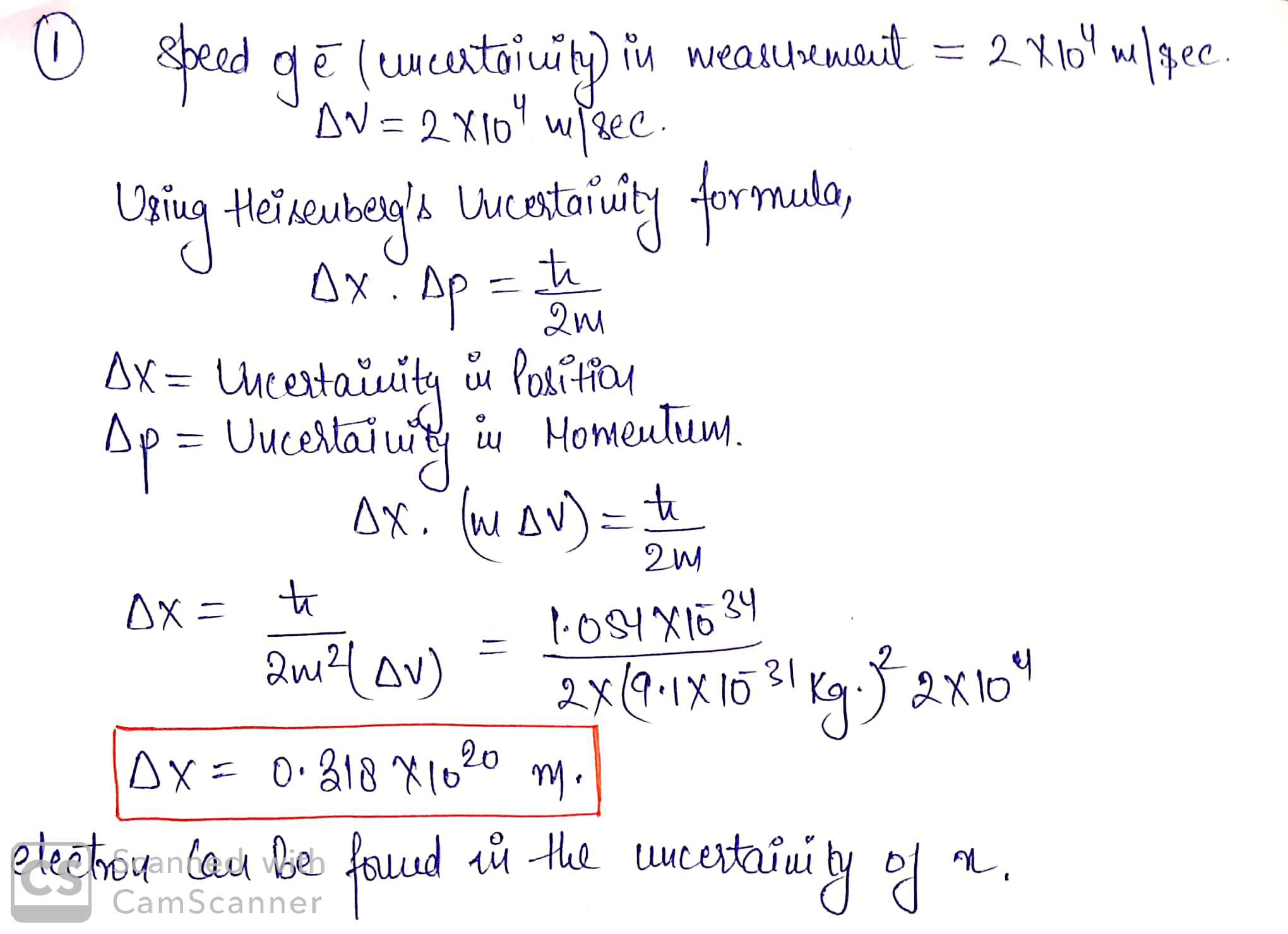
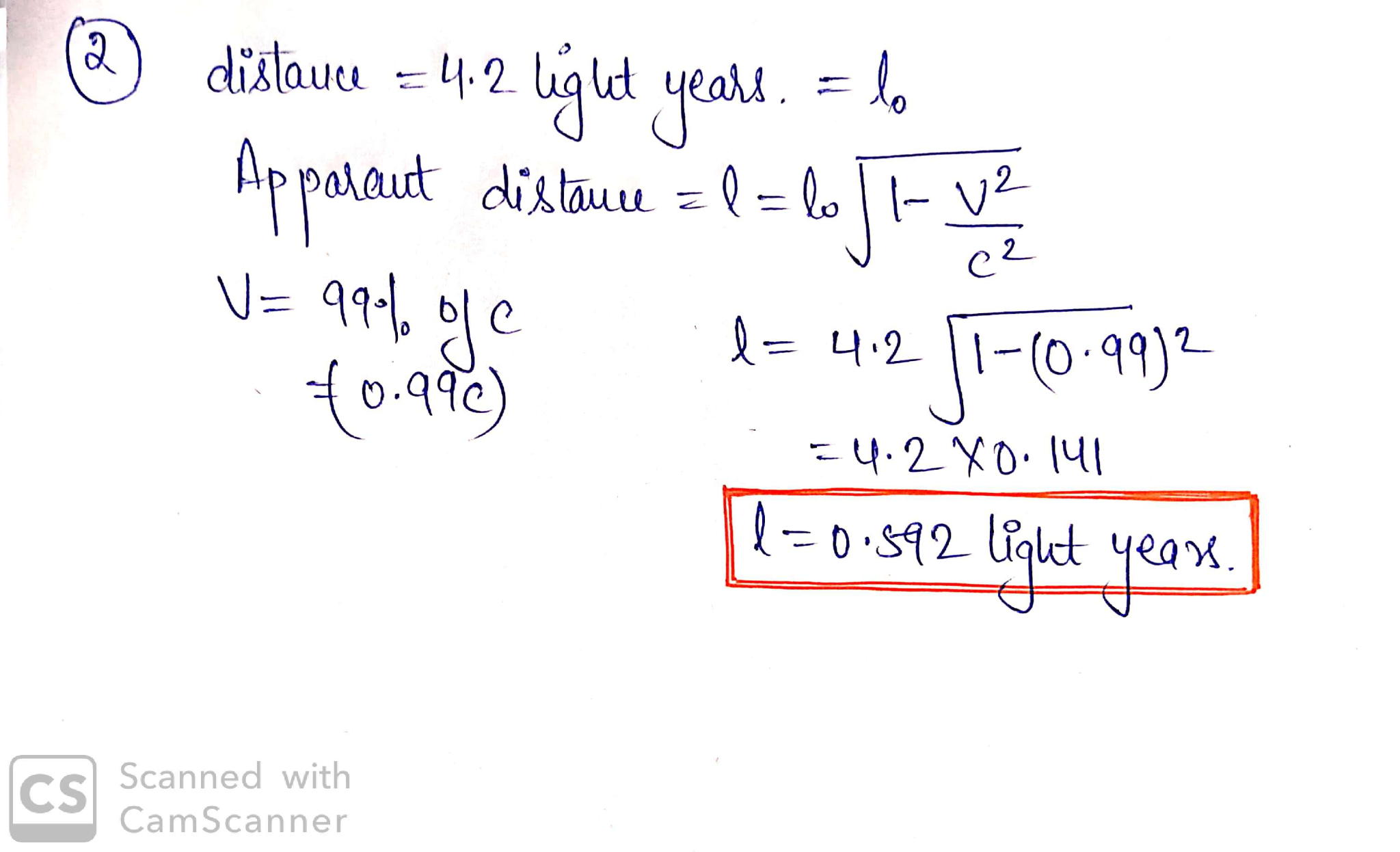
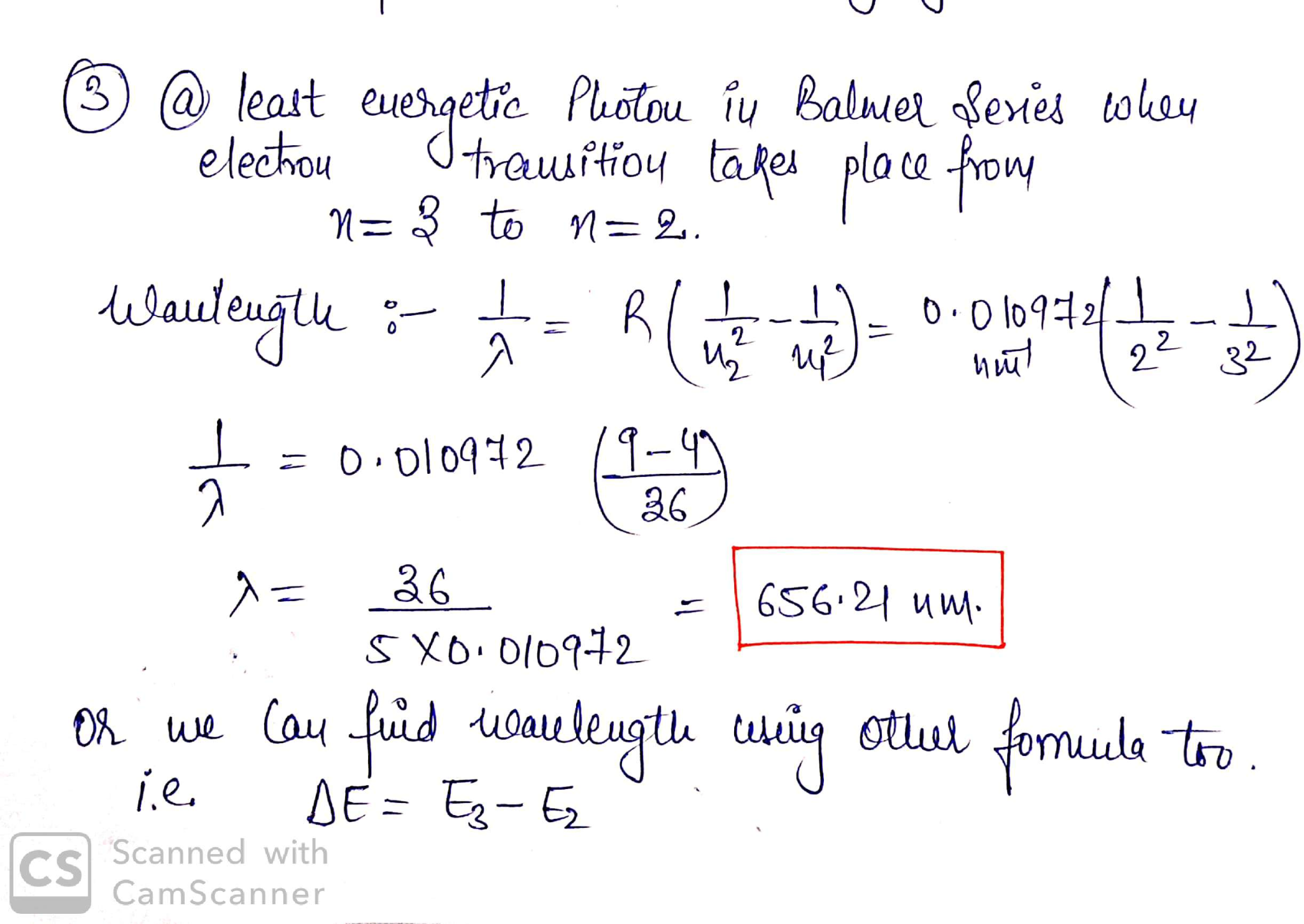
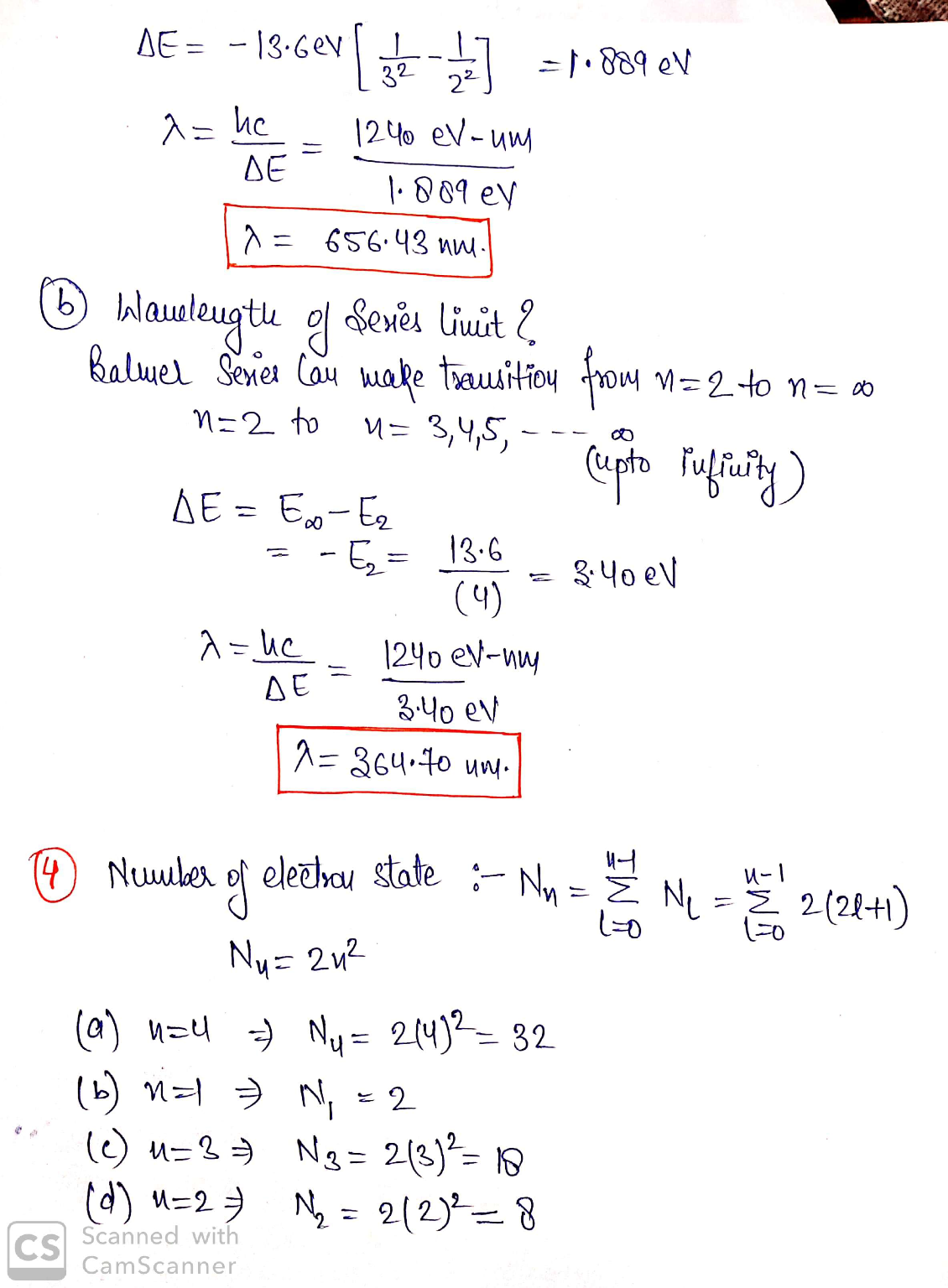
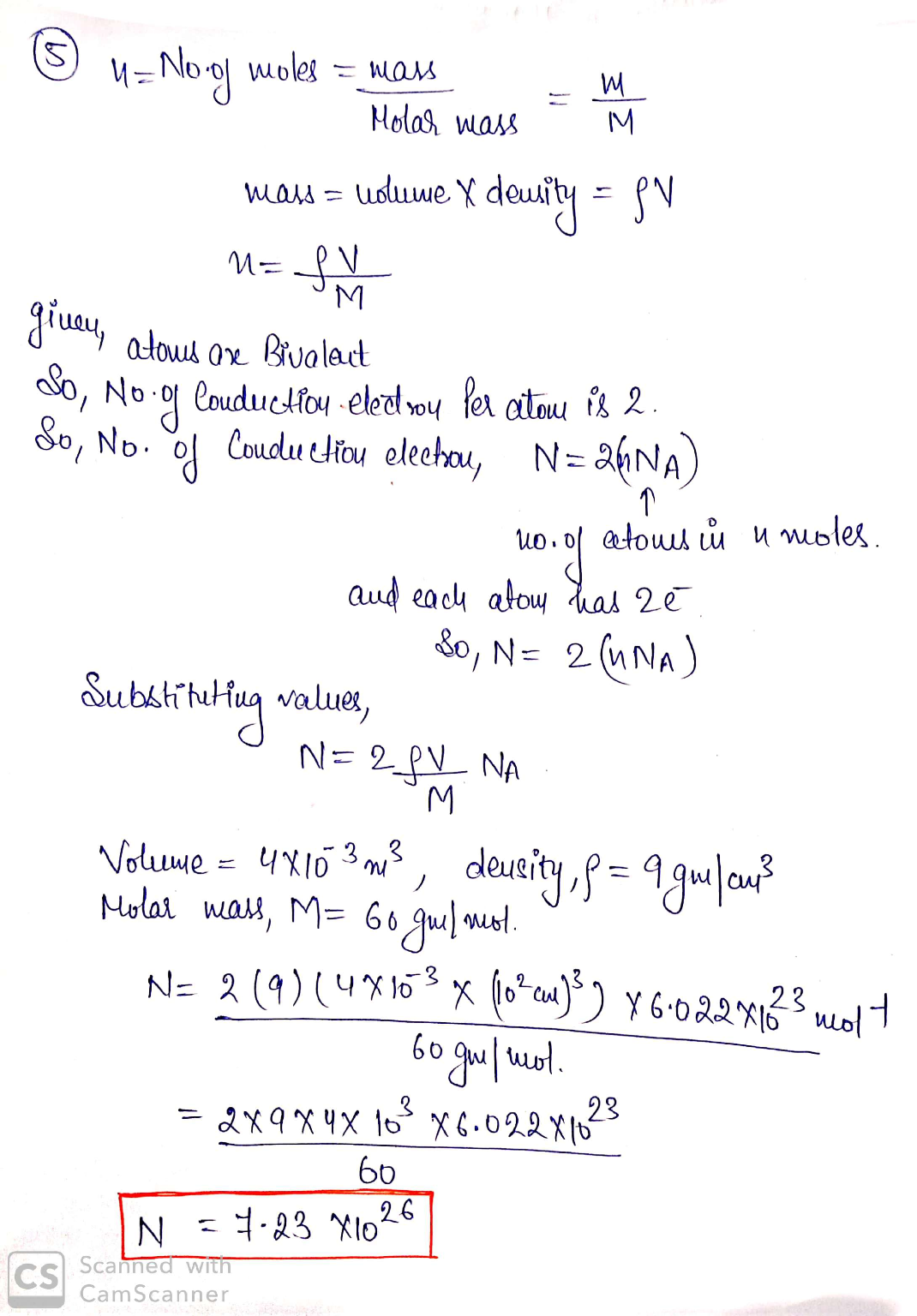
 genius_generous answered 2 months ago
genius_generous answered 2 months ago